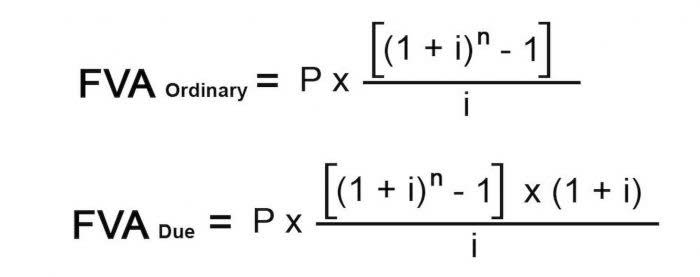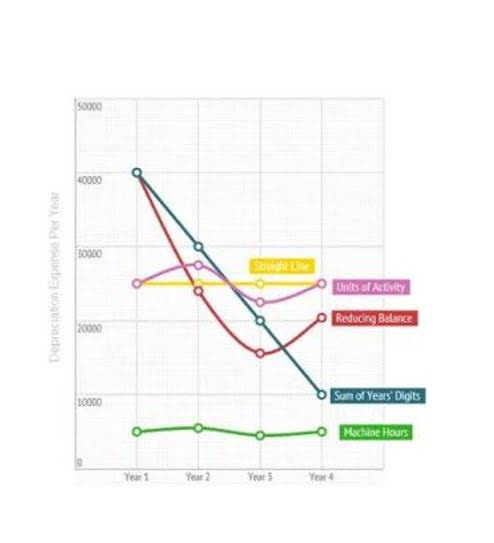
It is calculated by dividing the reported operating profit by the sales for that period. It can be compared to a company’s historical performance (and future) and also against a peer group. When conducting comparisons of similar companies, analysts will routinely calculate the operating margin. It allows them to determine which company can better generate operating income.
Enroll in Online Financial Training today, it’s only $99
The costs of general office supplies, like stationery and printing materials, fall under this category. By examining SG&A within the broader context of operating expenses, we see that Apple’s revenue generation capacity remains strong enough to absorb higher overhead costs as the company grows. However, further analysis would be needed to determine if these costs are producing proportional benefits in sales or brand equity.
General and administrative expenses (G&A)
However, context matters; industry norms and business lifecycle stages should be considered when analyzing this ratio. For instance, a startup might have a higher SG&A to revenue ratio compared to an established company due to initial investments in marketing and staff. Selling (S) expenses are either direct, meaning incurred only once a product is sold, or indirect, meaning incurred before or after a sale. General and administrative (G&A) expenses are the day-to-day sg&a acronym operational costs. The operating margin is a profitability ratio that measures how much profit a company makes per one dollar of sales.

Impact on Operating Income
- These are costs that every business has, but they’re not the same as the costs of making your product or service.
- Overall, SG&A expenses play a crucial role in a company’s success, and effective management of these expenses is integral to achieving financial stability and growth.
- If your SG&A expenses are tight and efficient, that leaves more room for profits, leading to a higher operating margin.
- For mature companies, a 10–20% SG&A as a percentage of revenue is considered a good SG&A ratio.
SG&A expenses are disclosed in the notes to a company’s financial statements, providing additional information and transparency to investors and analysts. Remember that the classification of certain costs might depend on the specific context and industry. For instance, research and development (R&D) costs are considered SG&A expenses in most industries. Still, in certain industries, such as pharmaceuticals, these costs might be treated as product costs due to their direct relationship with developing new products. High SG&A expenses indicate that a company needs to spend more on overhead and may need to generate more revenue to cover these costs.
- Investors and lenders may demand that this information be broken out into multiple line items for their perusal.
- After calculating gross profit by subtracting COGS from sales revenue, SG&A expenses are then deducted to arrive at the operating income.
- If this is the case, then gross profit less SG&A equals pre-tax profit, also known as earnings before taxes (EBT).
- These expenses are typically recorded below the gross profit line on the income statement.
- Companies with high available fees may not operate as efficiently as those with low overhead costs, which can negatively impact their bottom line.
In business, it’s essential to manage SG&A expenses effectively to ensure the company’s financial health. It can be done by regularly monitoring SG&A expenses, identifying areas where costs can be reduced, and implementing cost-saving measures where appropriate. Companies can also compare their SG&A costs to industry averages to assess their competitiveness and identify areas for improvement. Selling, General, and Administrative expenses (SG&A) are the costs incurred by a company in its daily operations, excluding the costs of producing goods or services. Direct expenses are those incurred at the exact point-of-sale for a product or service. Examples Accounting for Marketing Agencies of direct selling expenses include transaction costs and commissions paid on a sale.


Learn more about financial ratios and how they help you understand financial statements. These are the day-to-day operating costs needed to http://incaclick.com/2022/03/18/what-does-paid-in-arrears-mean-arrears-definition/ run a business but that are not related to the production of goods and/or services. Below is an outline for a simple income statement, showing the progression from a sales number at the top to a net income figure at the bottom. SG&A is reported below the gross profit line, or sometimes below the COGS line if gross profit is not shown. Overall, tracking and managing SG&A expenses is a critical aspect of financial management and can provide valuable benefits for companies and their stakeholders.

This category of expenses is a metric for evaluating a company’s financial health and its potential for growth. Fluctuations in SG&A can signal changes in a company’s strategy, such as increased investment in marketing or expansion of administrative functions, providing cues about future performance. Efficient management of SG&A contributes directly to profitability, influencing a company’s earnings and its valuation in the market. You can use your SG&A to gain insight into your operating expenses and analyze costs not directly tied to production (like administrative expenses).


